By Jody Allard
Can every student be a genius? If you subscribe to the popular belief that intelligence is an accident of genetics or fate, fixed at birth, the answer is a resounding no. But contemporary scientific research suggests that intelligence is changeable through time—and even believing you can be smart makes you smarter.
The term "neuroplasticity" describes the brain's constant change in response to an individual's experiences. But neuroplasticity also refers to the "mechanism by which synaptic connections and neural circuits are modified to effect changes in behavior," explains Jackie Giovanniello, a neuroscientist at the Cold Spring Harbor Laboratory, who studies this mechanism in autism spectrum disorders. In layman's terms, this means that the brain can strengthen or even create new connections in the brain.
Sometimes, the brain creates straightforward connections. One example would be the first time you encounter something poisonous, like bleach; to survive, your brain needs to rapidly encode that information in a way that will reliably produce a defensive response the next time you encounter it. As a result, your brain strengthens the synaptic connections between circuits that recognize and sense bleach and those that trigger aversive responses, Giovanniello explains.
While researchers believe that most of the brain's structure is set at birth, they have discovered evidence of neurogenesis — the birth and differentiation of new brain cells — and the development of new pathways in at least some parts of the brain. These areas include the hippocampus and the olfactory bulb, which control working memory and the sense of smell respectively. Yet, even if the neurons and pathways themselves are set at birth, research has changed how scientists view the brain's ability to adapt itself to its environment over time. "Generally, we believe that the majority of neural circuits and their basic functions are hard-wired during [early] development," says Giovanniello, "But how you use these circuits and the differences in behavior that they produce is highly flexible."
Think of it like a highway system in a major city: all of the roads you need are already there, but how you navigate them may change. The more you travel through the area, the better your navigation becomes. Through time, efficient navigation becomes a habit, optimizing your commute without ever needing to build a new road. And, the more often a road is traveled, the more it is maintained and improved. Likewise, the brain optimizes pathways in response to experiences, creating the potential for growth in all areas of the brain over time.
Not all of the brain's adaptability has a positive effect. For instance, researchers have found that being told that members of one’s own racial or social group are less intelligent than others can have a significant impact on academic achievement. The authors of a 2002 study of this phenomenon call it the "stereotype threat." The antidote to this threat may be as simple as changing the message: a related study found that when students are taught that intelligence is changeable over time, their academic performance increased more than students who were taught strategies for improving outcomes through memorization. Believing that they had the ability to do things that made them smarter actually made them smarter.
Of course, not every child has the exact same potential for intelligence or academic success. Giovanniello points to factors as diverse as genetics and protein availability to explain the limitations on neural growth. But all children have the potential to expand their intellectual capabilities, and one of the most important factors in a child's academic success can be teaching them to believe in their own ability to be smart and successful learners — even, and especially, if they're a member of an at-risk group.
Julianne Miller is an educator and previous professor at the Institute of Education in the United Kingdom. She says educators can leverage their understanding of neuroplasticity to develop curriculums that maximize students' potential for neural growth. "Teaching methods that use only one sensory pathway, just listening for example, do not maximize a child's ability to grow their learning capability," she says. "Children who are challenged to incorporate more than one method of information storage, manipulation and recall develop more complex learning pathways."
What this means in practice is that the success of multi-discipline, multi-sensory learning approaches may have its roots in neuroplasticity. But if educators take their approach one step further and combine these learning strategies alongside teaching children to believe they all can be smart, the potential for academic achievement may be even greater. Research suggests children are willing to believe in their own potential: even three hours of lessons about intelligence-as-changeable in the 2001 study led to dramatic results that effectively counteracted the stereotype threat entirely.
How you reinforce desired behaviors is just as important, Giovanniello says. Reward-based systems are highly effective for the brain — associating a given behavior with a reward encodes strong associations of these two things in our neural circuits and makes these actions more likely to be executed in the future. By contrast, punishment triggers generalized defensive mechanisms in the brain that can inhibit growth. "When students feel they're being punished or singled out for a weakness, they're more likely to shut down and not absorb what you're teaching," she says.
That's where future XQ Super School RISE High come in. Being developed to meet students where they're at geographically, academically, socially, and emotionally, RISE High was envisioned as a flexible system of services rather than the siloed approach of traditional schools. School sites will be co-located in social-service organizations in high-need areas in Los Angeles and will allow future RISE High students to master a real-world, project-based curriculum in the ways and places they need once the school is operational. Partnerships with social and community services will also give future RISE High students access to comprehensive support systems including counseling, case management, tutoring, job readiness training, career pathways, and more. At their core, the emerging breed of holistic schools like the future XQ Super School RISE High are designed to imbue every student with the confidence they need to consider themselves as capable, competent members of a community by enabling them to challenge themselves to master the knowledge and skills they need for success. This starts with teaching students that they all have the capacity to be successful, and that belief plus effort leads to mastery.
"The idea that the brain can be rewired by learning and habits is so important for students to know, and it plays a huge role in their confidence and growth," says Kari Croft, the principal at the future RISE High. "It allows students to see their own potential and serves to motivate them when they may struggle at first to grasp a concept or master a specific skill."






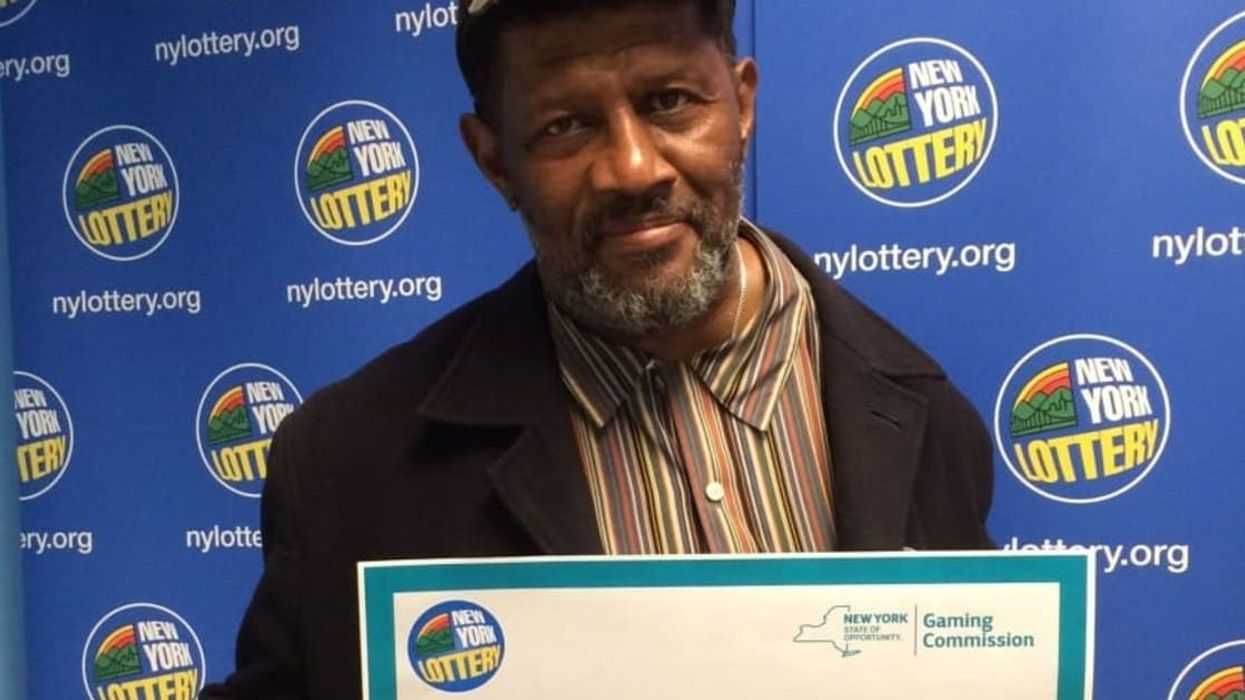










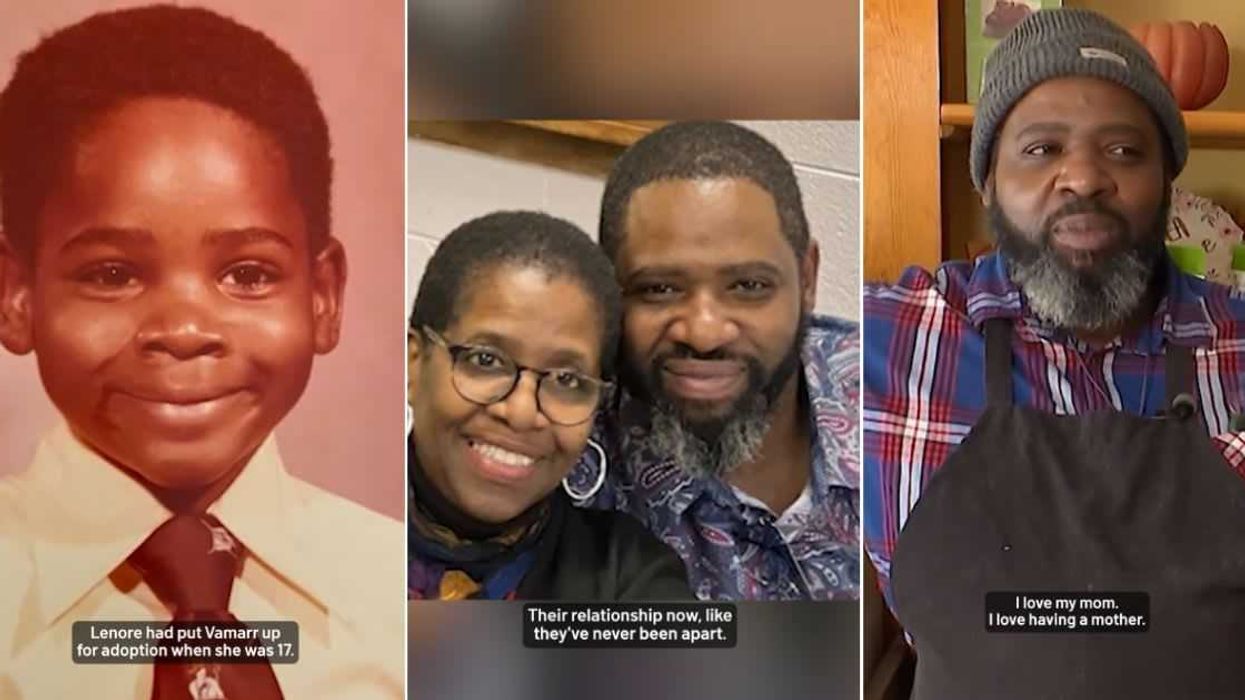
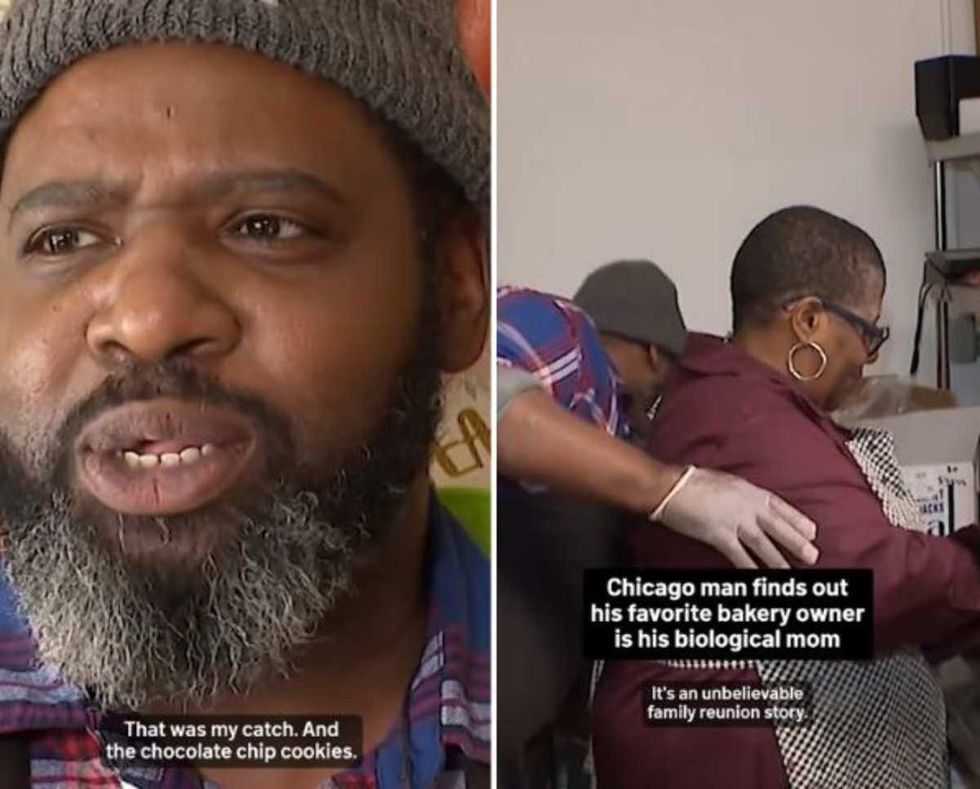 Screenshots of the man talking to the camera and with his momTikTok |
Screenshots of the man talking to the camera and with his momTikTok |  Screenshots of the bakery Image Source: TikTok |
Screenshots of the bakery Image Source: TikTok | 
 A woman hands out food to a homeless personCanva
A woman hands out food to a homeless personCanva A female artist in her studioCanva
A female artist in her studioCanva A woman smiling in front of her computerCanva
A woman smiling in front of her computerCanva 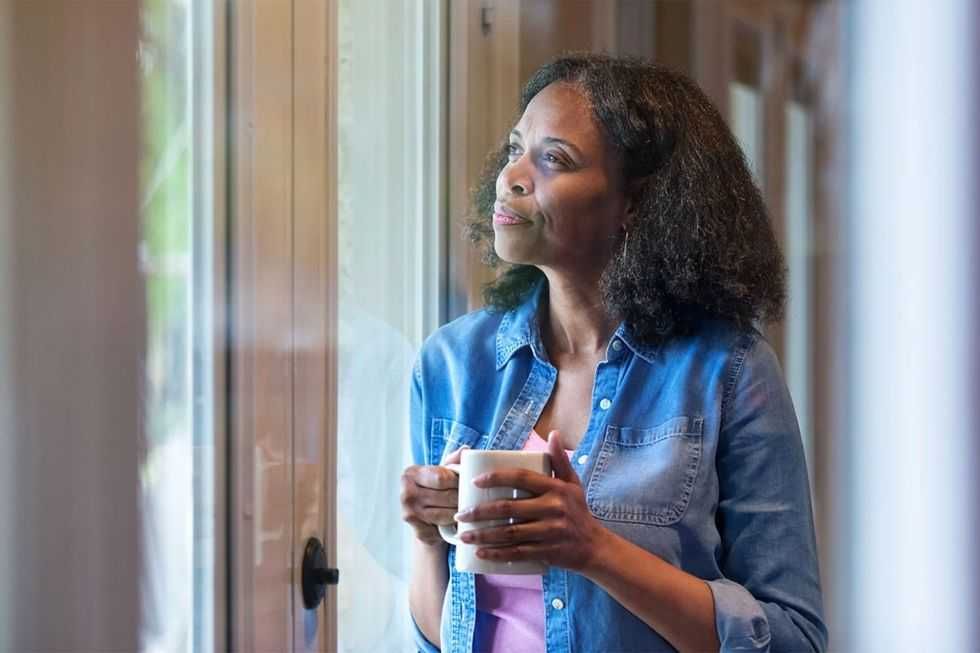 A woman holds a cup of coffee while looking outside her windowCanva
A woman holds a cup of coffee while looking outside her windowCanva  A woman flexes her bicepCanva
A woman flexes her bicepCanva  A woman cooking in her kitchenCanva
A woman cooking in her kitchenCanva  Two women console each otherCanva
Two women console each otherCanva  Two women talking to each otherCanva
Two women talking to each otherCanva  Two people having a lively conversationCanva
Two people having a lively conversationCanva  Two women embrace in a hugCanva
Two women embrace in a hugCanva 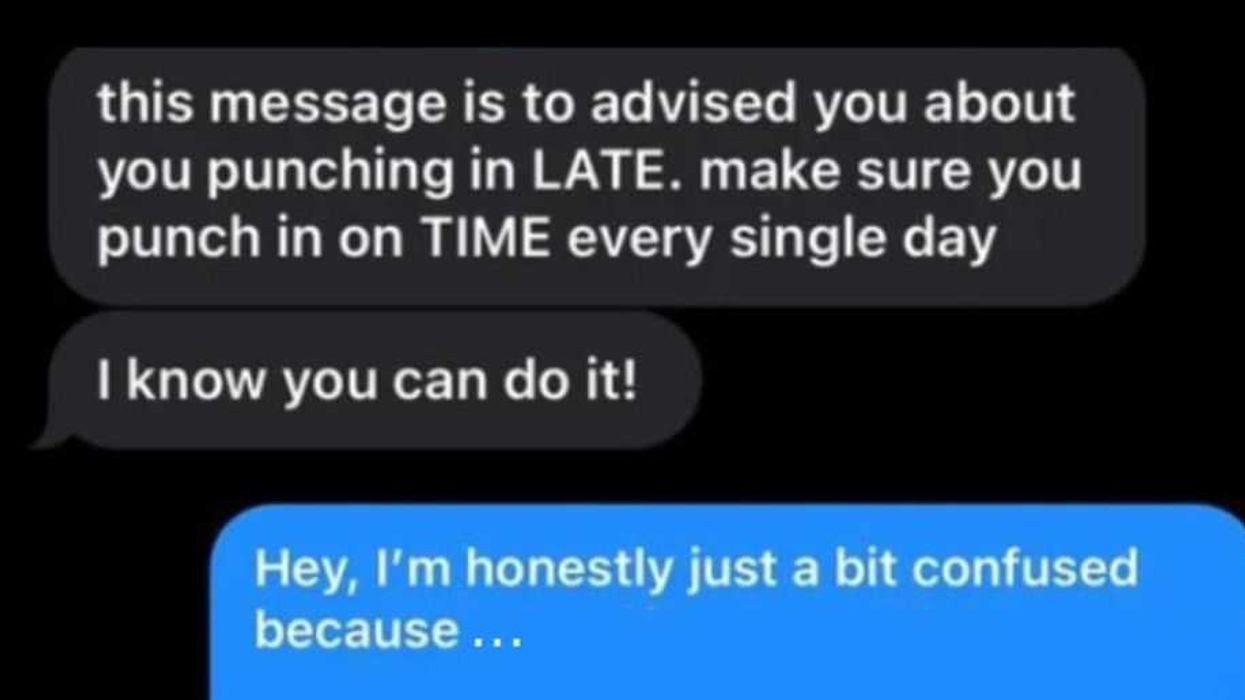
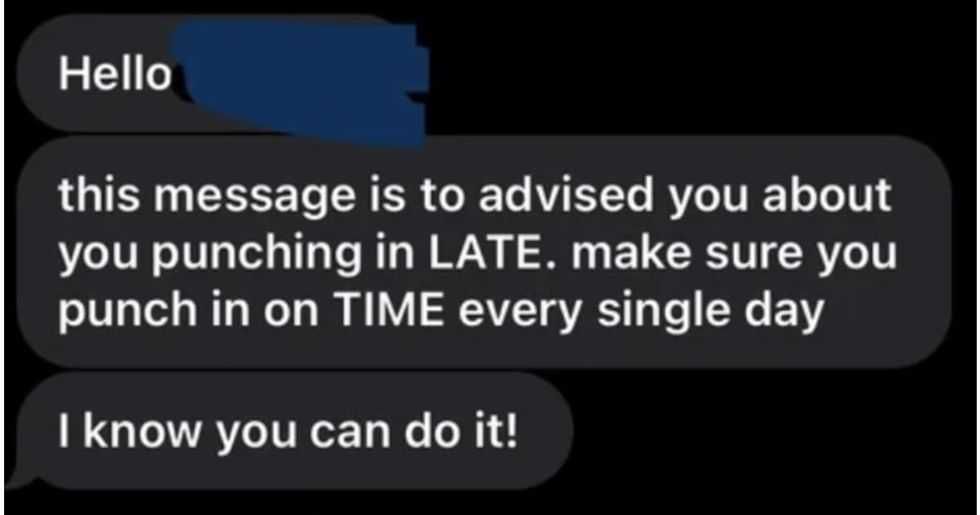 A reddit commentReddit |
A reddit commentReddit |  A Reddit commentReddit |
A Reddit commentReddit |  A Reddit commentReddit |
A Reddit commentReddit |  Stressed-out employee stares at their computerCanva
Stressed-out employee stares at their computerCanva
 Who knows what adventures the bottle had before being discovered.
Who knows what adventures the bottle had before being discovered. 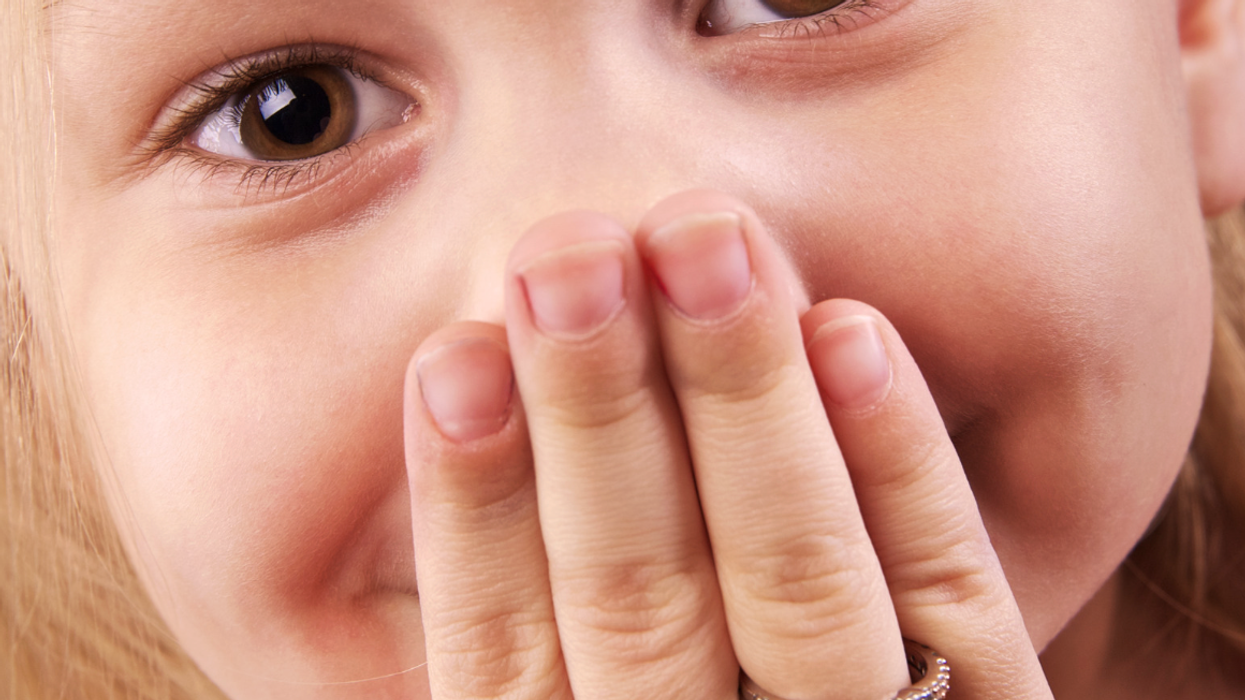
 Gif of young girl looking at someone suspiciously via
Gif of young girl looking at someone suspiciously via 